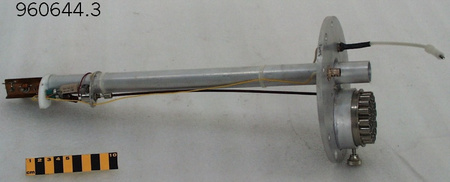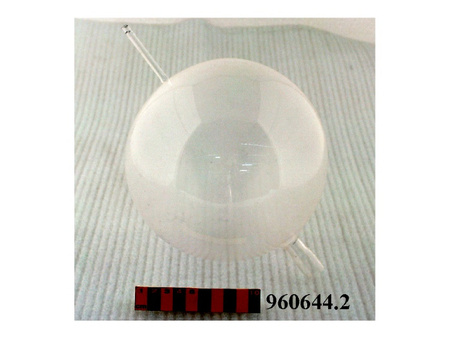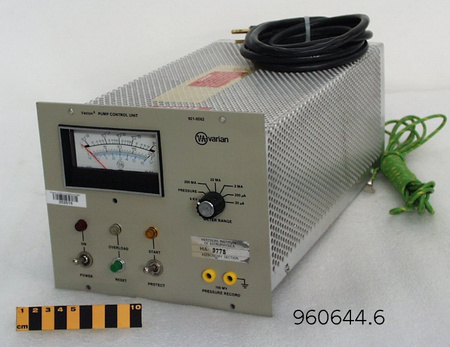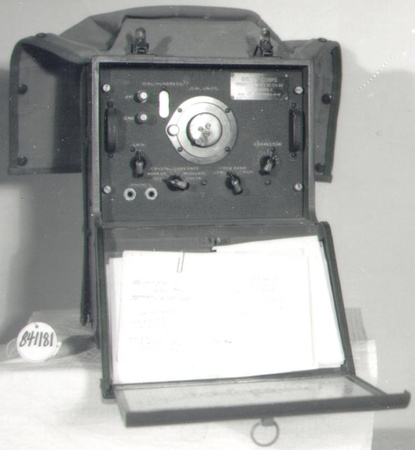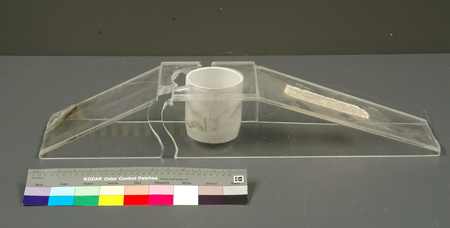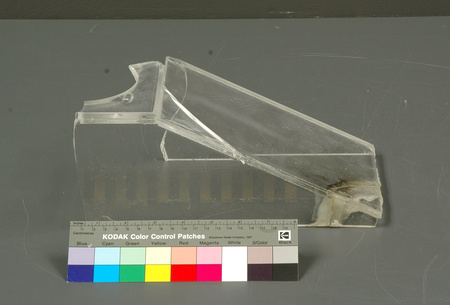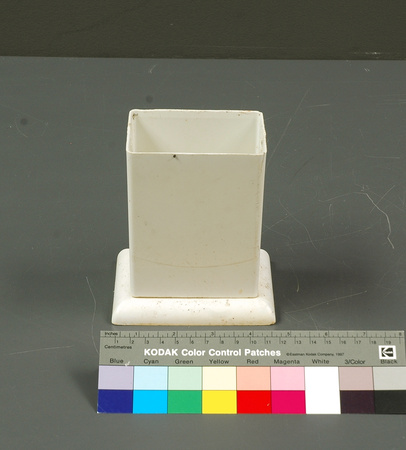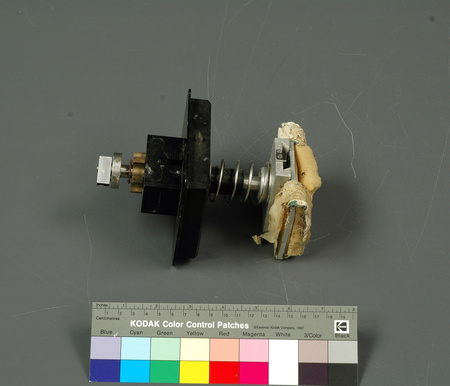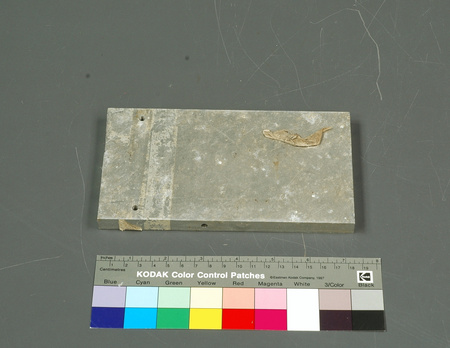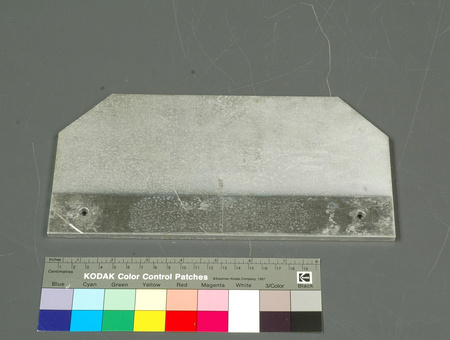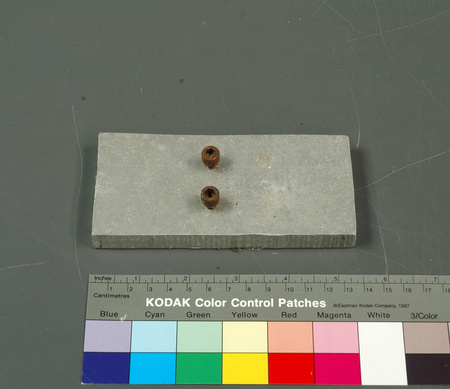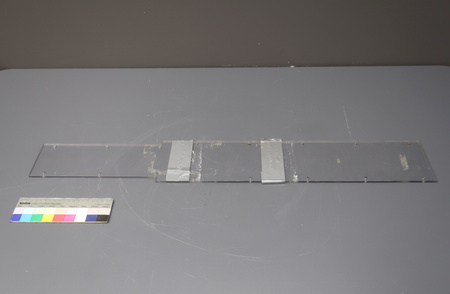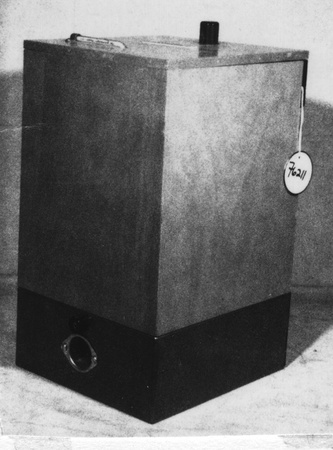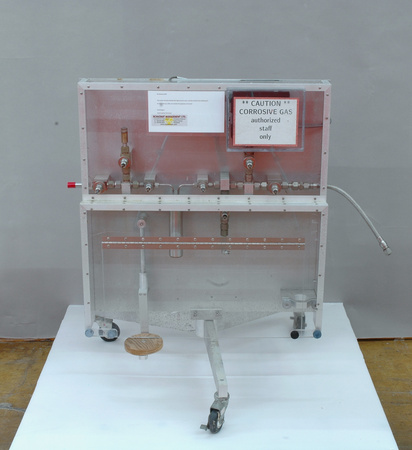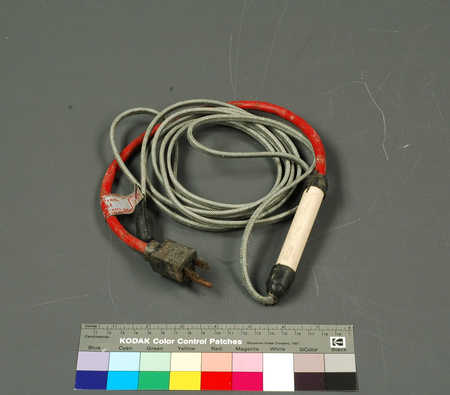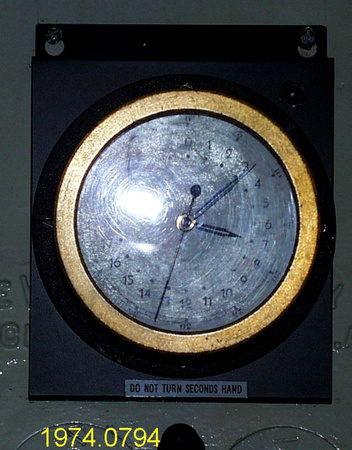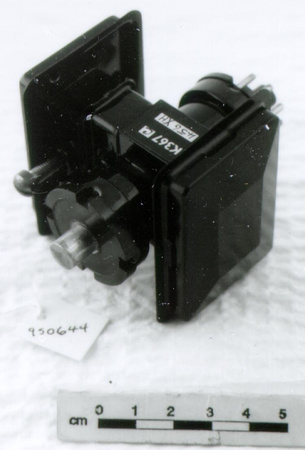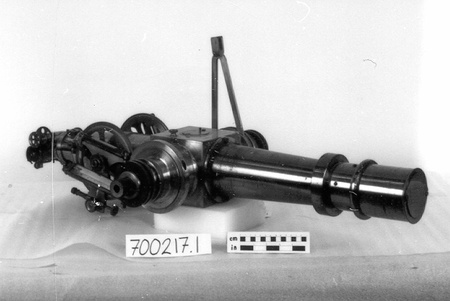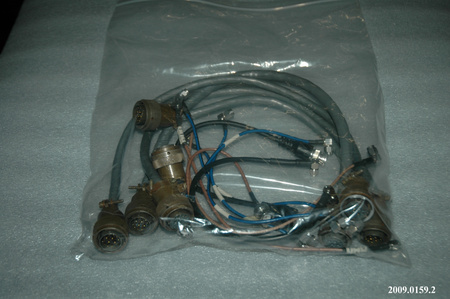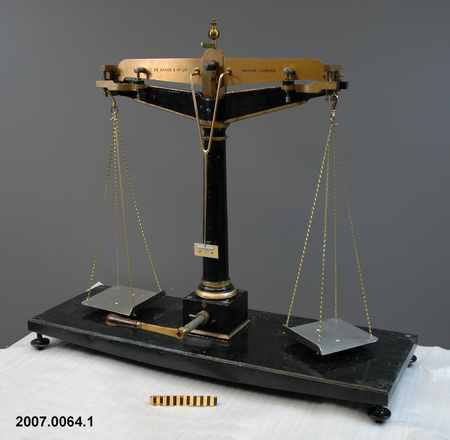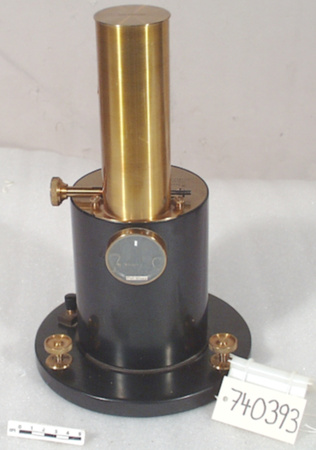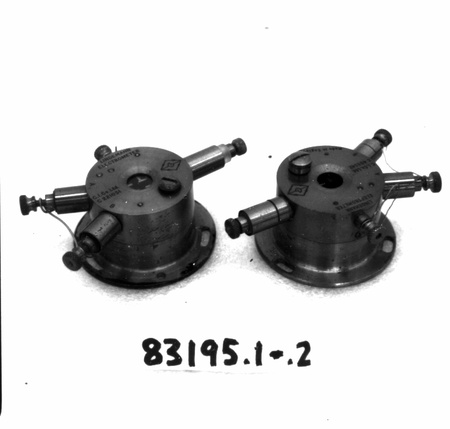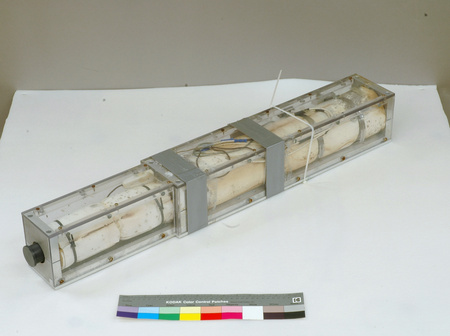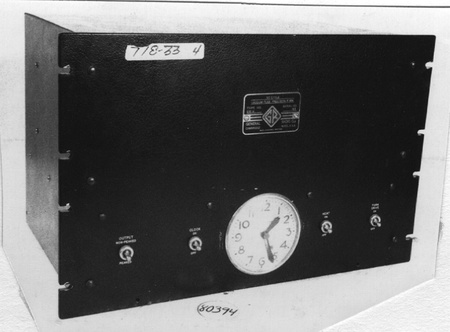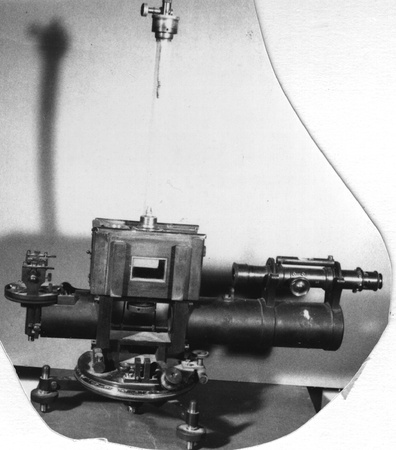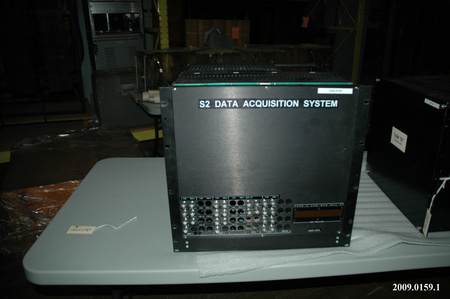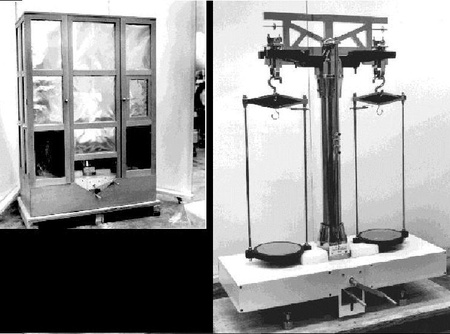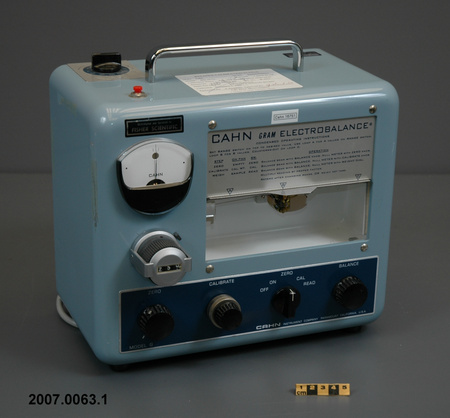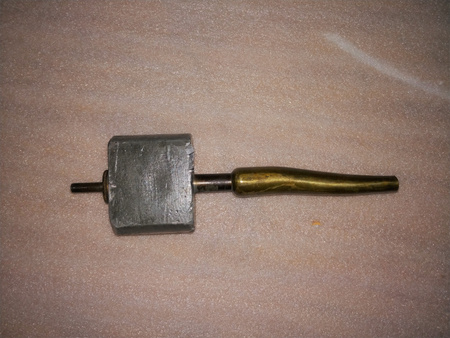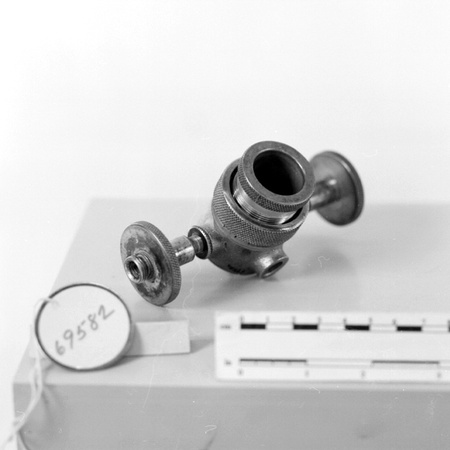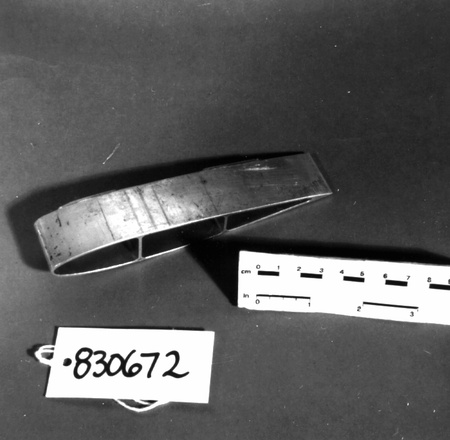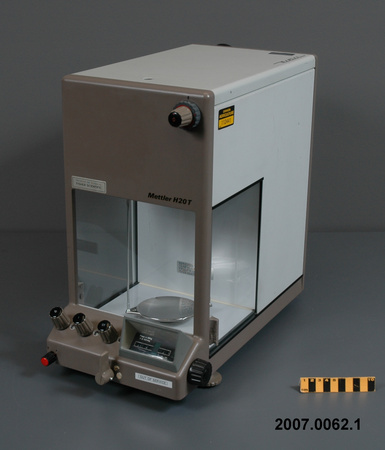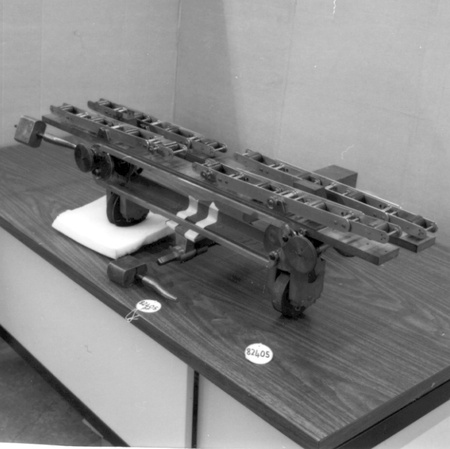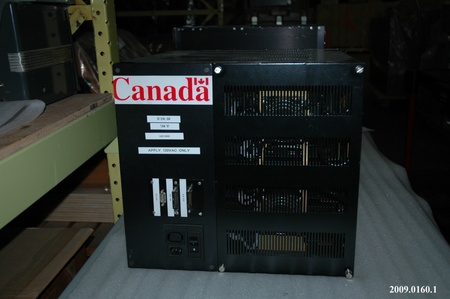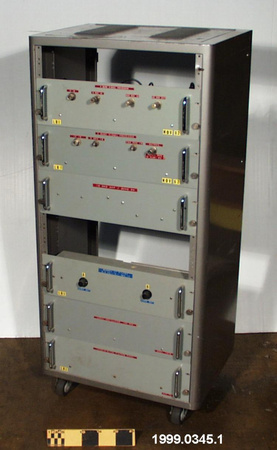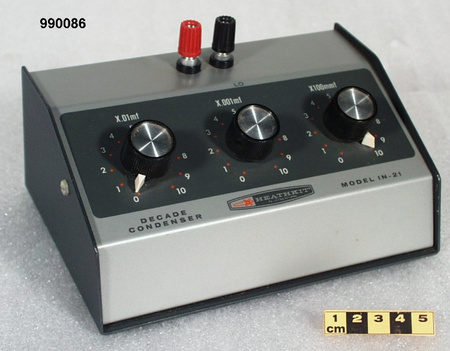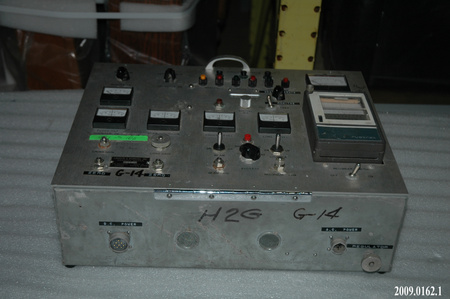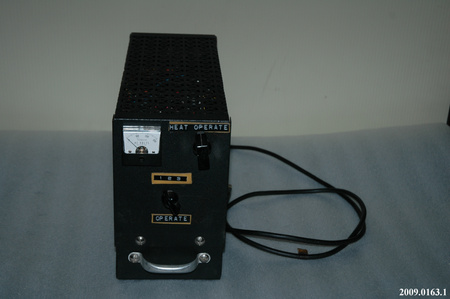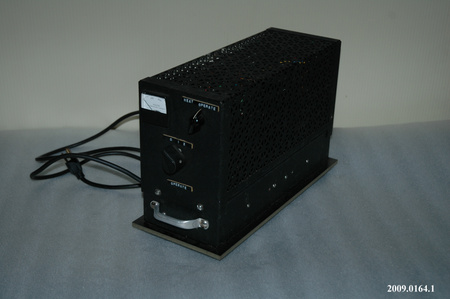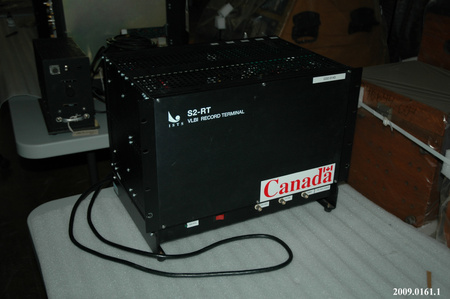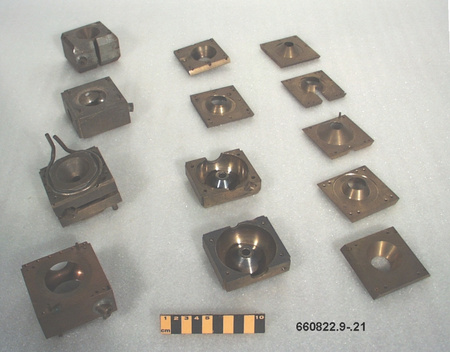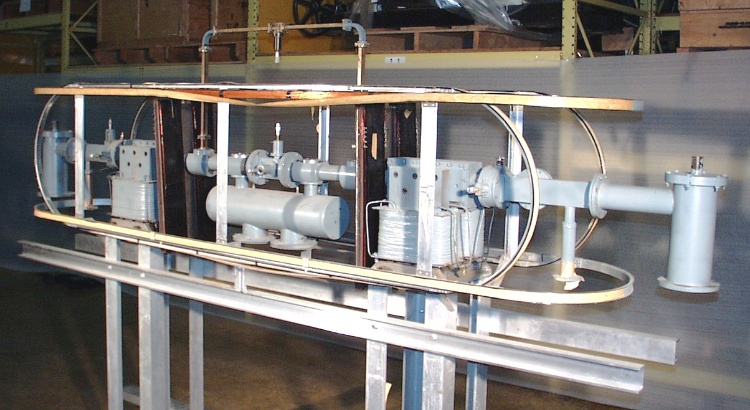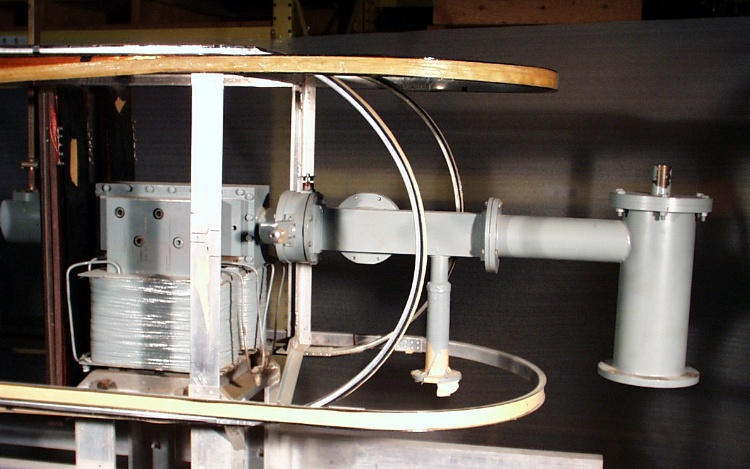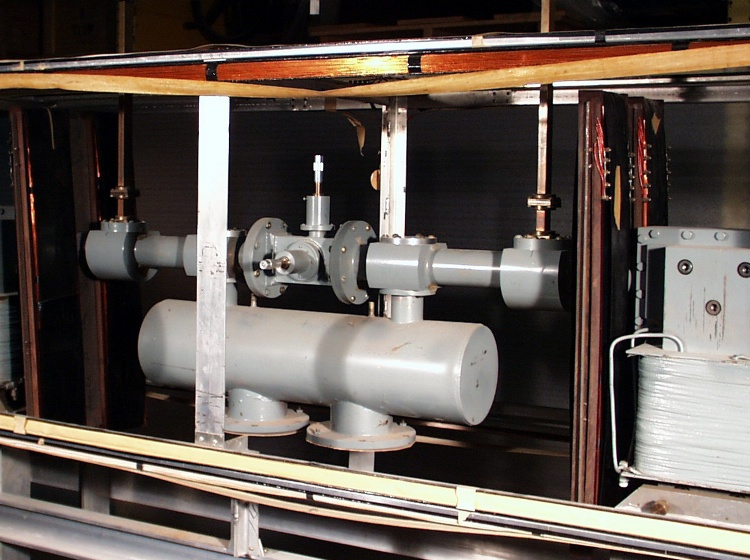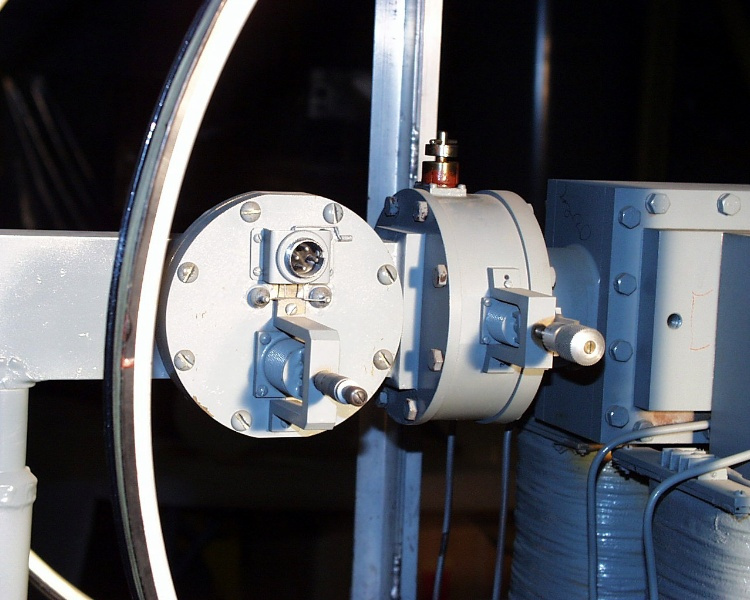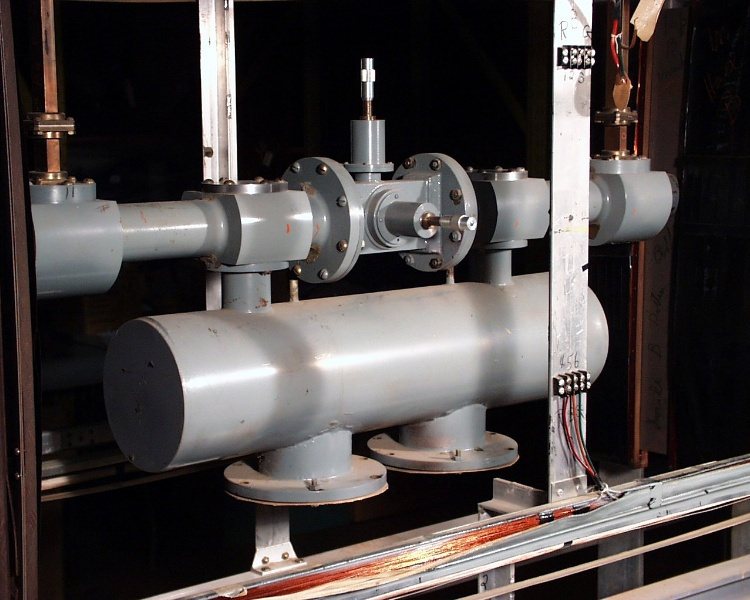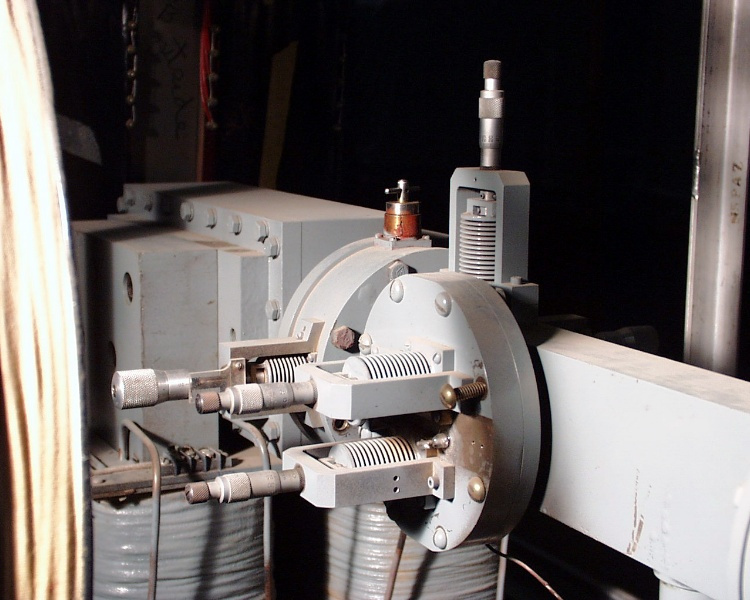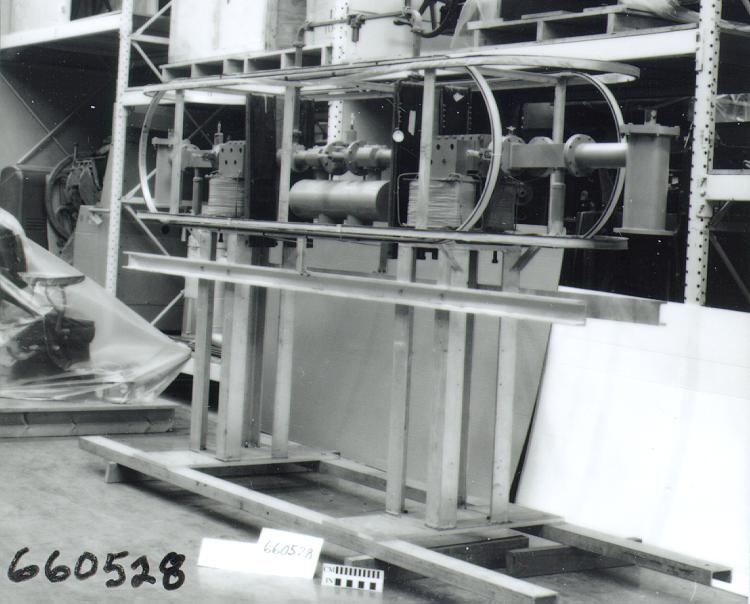Clock
Use this image
Can I reuse this image without permission? Yes
Object images on the Ingenium Collection’s portal have the following Creative Commons license:
Copyright Ingenium / CC BY-NC-ND (Attribution-NonCommercial 4.0 International (CC BY-NC 4.0)
ATTRIBUTE THIS IMAGE
Ingenium,
1966.0528.001
Permalink:
Ingenium is releasing this image under the Creative Commons licensing framework, and encourages downloading and reuse for non-commercial purposes. Please acknowledge Ingenium and cite the artifact number.
DOWNLOAD IMAGEPURCHASE THIS IMAGE
This image is free for non-commercial use.
For commercial use, please consult our Reproduction Fees and contact us to purchase the image.
- OBJECT TYPE
- PRIMARY/ATOMIC/CAESIUM RESONATOR
- DATE
- 1958
- ARTIFACT NUMBER
- 1966.0528.001
- MANUFACTURER
- NRC, Applied Physics Div.
- MODEL
- Unknown
- LOCATION
- Ottawa, Ontario, Canada
More Information
General Information
- Serial #
- N/A
- Part Number
- 1
- Total Parts
- 1
- AKA
- N/A
- Patents
- N/A
- General Description
- METAL, INCUDING ALUMINUM & BRASS/ SYNTHETIC, INCLUDING PLASTICS & PHENOLIC (DEFLECTORS), ADHESIVE TAPE
Dimensions
Note: These reflect the general size for storage and are not necessarily representative of the object's true dimensions.
- Length
- 324.0 cm
- Width
- 84.0 cm
- Height
- 189.0 cm
- Thickness
- N/A
- Weight
- N/A
- Diameter
- N/A
- Volume
- N/A
Lexicon
- Group
- Metrology
- Category
- Miscellaneous
- Sub-Category
- N/A
Manufacturer
- AKA
- NRC
- Country
- Canada
- State/Province
- Ontario
- City
- Ottawa
Context
- Country
- Canada
- State/Province
- Ontario
- Period
- 1958-1965
- Canada
-
THIS WAS THE 1ST CAESIUM BASED CLOCK BUILT IN CANADA & THE 2ND IN THE WORLD, IT PROVIDED CANADA'S MASTER TIME SIGNAL FOR 7 YEARS. IT WAS REPLACED BY NRC'S 2ND CBRA IN 1965, WHICH WITH ATOMIC CLOCKS IN THE U.S., BRITAIN, SWITZERLAND & JAPAN WAS USED TO REDEFINE THE SECOND, & WAS ACCURATE TO BETTER THAN 1 PT IN 10 10 SEC. This clock, known as CS1, was built in 1957/58 and by 1961 the NRC scientists in the Time Frequency Division at NRC had learned enough about its performance and had compared the results with the standard time provided by the astronomers at the Dominion Observatory long enough to know this clock was more accurate and more stable than the rotation of the Earth. The DO had provided the official time for all of Canada from 1905. In 1961 it was decided that this clock would replace the DO as the official source of time but the DO continued to monitor the Earth's rotation until 1970. The gradual difference in time between CS 1 and the astronomical determined time was compared and resulted in the occasional addition of a leap second at the end of some years. The Earth is slowing down at an irregular rate which is not desirable for a time standard (Ref. 6). - Function
-
A PRECISE TIME INTERVAL MEASURING INSTRUMENT, USED TO CHECK THE ACCURACY OF HIGH PRECISION CRYSTAL CLOCKS & TO PROVIDE THE MASTER TIME SIGNAL FOR CANADA. TIME IS MAINTAINED BY A CAESIUM BEAM RESONANCE APPARATUS. - Technical
-
THIS WAS THE 2ND CAESIUM CLOCK DEVELOPED IN THE WORLD, BUILT AT NRC 1956-1958TO PROVIDE THE PRECISE TIME INTERVAL MEASUREMENTS REQUIRED IN SCIENTIFIC WORK; NEITHER ASTRONOMICAL OBSERVATIONS NOR MAN-MADE CLOCKS WERE SUFFICIENTLY ACCURATE. THE CBRA USES THE MAGNETIC DIPOLE RESONANCE OF THE CAESIUM ATOM. Cesium clocks work because the outer electrons in a cesium atom are normally in one of two very stable energy levels. However, if a cloud of cesium atoms is heated to 350 K (about 77 C) and a magnetic field is applied, the electrons shift their energy state and if passed through a microwave cavity the atoms can be separated. The ones of with exactly the right energy are allowed to pass through the cavity and stimulates an oscillator where the activity is measured. The oscillator frequency counts off the precise number of cycles required to define a second. The accuracy of CS 1 was 1 second in about 3,000 years (Ref. 6). - Area Notes
-
Unknown
Details
- Markings
- NONE APPARENT, save handwritten markings on various component pieces, at junctions, etc. Several tags with handwritten notes are attached to this piece.
- Missing
- CAESIUM BEAM APPARATUS APPEARS COMPLETE BUT WOULD HAVE BEEN USED WITH BANKS OF ELECTRICAL APPARATUS INCLUDING POWER SUPPLIES, FREQUENCY COUNTERS ETC.
- Finish
- METALLIC FRAME/ GREY PAINTED PARTS/ MULTICOLOURED SYNTHETIC
- Decoration
- N/A
CITE THIS OBJECT
If you choose to share our information about this collection object, please cite:
NRC, Applied Physics Div., Clock, 1958, Artifact no. 1966.0528, Ingenium – Canada’s Museums of Science and Innovation, http://collection.ingenium.ca/en/id/1966.0528.001/
FEEDBACK
Submit a question or comment about this artifact.
More Like This
